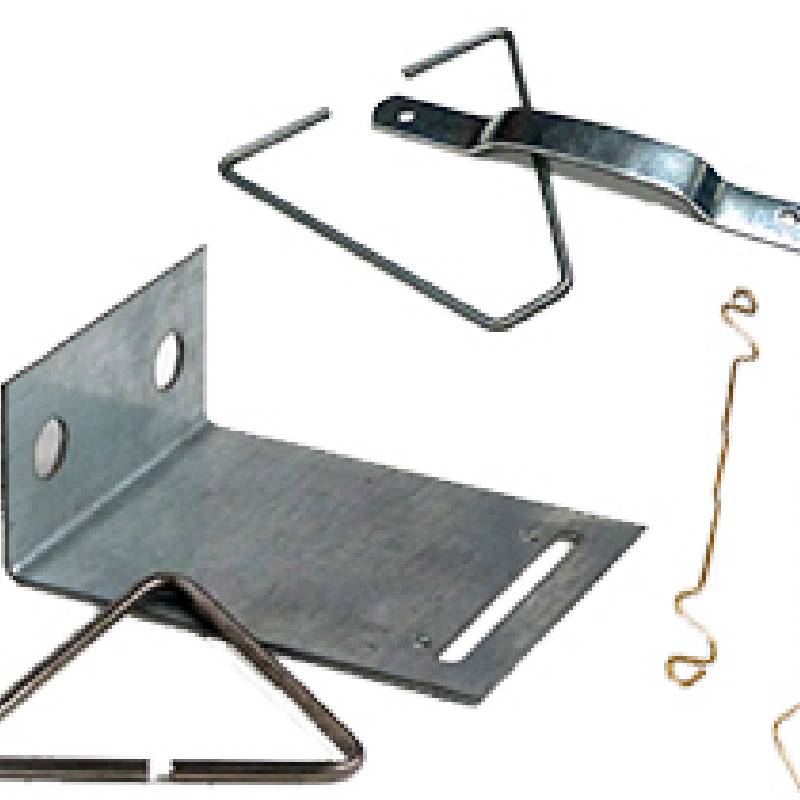
- Mobile Phone
- +8613931874955
- sales@cntcmetal.com
250mm cavity wall
Understanding the Significance of a 250mm Cavity Wall in Modern Architecture
In contemporary architecture, the choice of wall structure plays a pivotal role in determining the energy efficiency, aesthetic appeal, and overall functionality of a building. One such structure that has garnered attention is the 250mm cavity wall. This type of wall construction offers a myriad of benefits that cater to modern building needs, addressing sustainability concerns while ensuring durability and comfort for occupants.
What is a 250mm Cavity Wall?
At its core, a cavity wall comprises two separate layers of masonry or other materials with an empty space, or cavity, in between. Traditionally, cavity walls have been utilized for their insulation properties and structural integrity. A 250mm cavity wall refers specifically to the width of the wall, with 250mm being the total thickness, typically divided into approximately 100mm for the external leaf, 50mm for the cavity, and 100mm for the internal leaf.
Benefits of a 250mm Cavity Wall
1. Thermal Performance One of the most significant advantages of a 250mm cavity wall is its ability to enhance thermal performance. The cavity helps reduce heat transfer, keeping buildings warm in winter and cool in summer. Insulating materials can also be added within the cavity, improving energy efficiency and lowering heating and cooling costs. This is particularly relevant in an age where energy efficiency has become a key consideration in architectural design.
2. Moisture Control Cavity walls are designed to combat moisture ingress. The cavity acts as a barrier, preventing water from reaching the inner wall. Weep holes are incorporated at the base of the wall to allow any accumulated moisture to escape, thus reducing the risk of dampness and mold. This moisture management is vital in both residential and commercial buildings, as it contributes to the longevity of the structure and the health of its occupants.
250mm cavity wall

3. Sound Insulation The design of a 250mm cavity wall also aids in sound insulation. The separation between the two leaves of the wall helps diminish sound transmission, making these walls particularly advantageous in urban environments or in buildings where noise reduction is a priority, such as hotels or offices.
4. Structural Integrity The robust design of a 250mm cavity wall provides stability and strength. The two leaves are frequently tied together with wall ties, which contribute to the overall structural integrity of the building. This feature is essential in areas prone to adverse weather conditions as it adds resilience against wind loads and other external pressures.
5. Aesthetic Flexibility Cavity walls offer great aesthetic flexibility. The outer leaf can be finished with a variety of materials, such as brick, stone, or render, allowing architects to achieve different looks while maintaining functionality. This adaptability makes cavity walls suitable for a diverse range of architectural styles, whether traditional or modern.
Installation and Considerations
The installation of a 250mm cavity wall must be carried out with great care to ensure that both structural and thermal performance standards are met. Proper attention must be given to flashing and drainage systems to enhance moisture control. Furthermore, builders must consider the local climate and building regulations when implementing cavity walls to maximize their benefits.
Conclusion
In summary, the 250mm cavity wall serves as an exemplary model of modern construction techniques that balance efficiency, durability, and aesthetic appeal. As the demand for sustainable building practices continues to rise, this wall configuration offers a viable solution for architects and builders alike. By incorporating a 250mm cavity wall into their designs, stakeholders can ensure that their buildings are not only comfortable and functional but also aligned with contemporary standards of energy efficiency and structural integrity. As we continue to evolve in our approach to architecture, the significance of well-designed cavity walls will undoubtedly remain a cornerstone of effective building design.
share:
-
Why Sacrificial Formwork Is Redefining Underground ConstructionNewsJun.06,2025
-
The Structural Dynamics of Modern Concrete: How Snake Spacers Revolutionize Flexible ReinforcementNewsJun.06,2025
-
Snake Spacers Smart-Lock Concrete Reinforcement with Surgical PrecisionNewsJun.06,2025
-
Snake Spacers: Reinforcement Precision for Modern Concrete ProjectsNewsJun.06,2025
-
Snake Spacers Powering Concrete's Structural DNANewsJun.06,2025
-
Slither into Success: Snake Spacers' Precision Bite for Unbreakable ReinforcementNewsJun.06,2025
-
Sacrificial Formwork: Building Stronger, Faster, and Safer StructuresNewsJun.06,2025



















